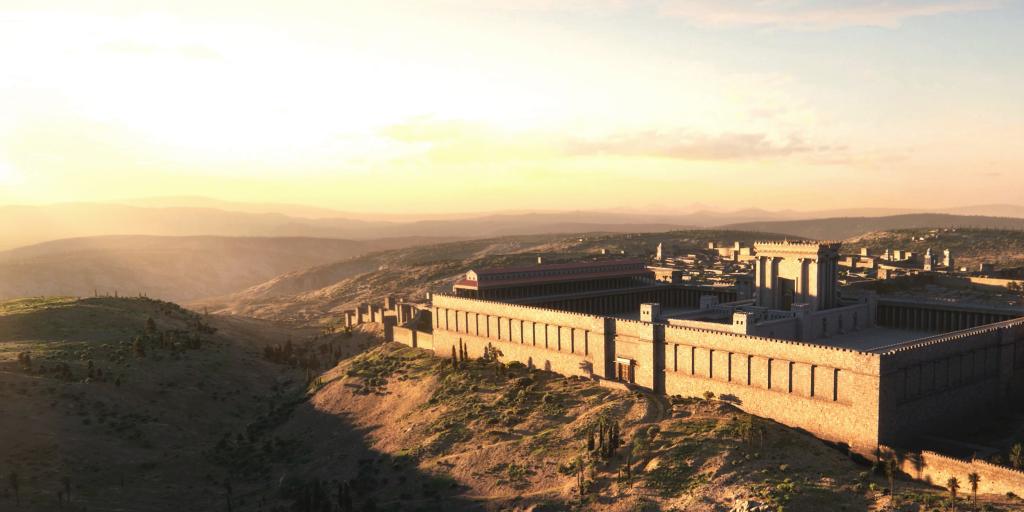
The Messiah and His Bride
It is surprising to some that many prophecies foretell the marriage of Christ to His Church. There are references to this marriage in many of the parables Jesus spoke, as well as in the epistles of Paul. The book of Revelation clearly identifies the bride (the Church) who becomes the wife of the Lamb (Jesus Christ), and it also described their wedding supper.
Many nominal Christians are unaware of this teaching—that Jesus Christ will marry His Church in a profoundly spiritual way. The saints will be resurrected and given eternal life—and, being made ready, they will marry the Lamb (Revelation 19:6–9). After the marriage supper, Christ will return with His Bride to rule the earth. Numerous scriptures in both the Old and New Testaments foretell this exciting event.
The Song of Solomon has long been understood by biblical scholars as an allegory representing Christ and His bride, the Church. An allegory is similar to a parable in that it has an obvious, straightforward meaning, as well as another meaning that is not specifically stated.
On one level, the Song of Solomon celebrates the love of a man and his betrothed. But on a higher level, it expresses the love God has for Israel and Judah, even though they were unfaithful to Him (cf. Jeremiah 2–3; Ezekiel 23; Hosea 1–3). It also expresses the love of Jesus Christ for His betrothed, the Church.
Some other biblical references to this marriage relationship are:
- Isaiah 54, describing the Lord of hosts as Israel’s Maker and Husband; Jeremiah 2, which references Israel’s betrothal to the Lord; and Jeremiah 3, in which we read of the unfaithfulness of Israel and Judah
- Matthew 9:14–15, which shows the disciples of Christ as friends of the bridegroom
- Matthew 25 contains Christ’s parable of the wise and foolish virgins, who take their lamps to meet the bridegroom—only the five wise go with Him to the wedding (v. 10)
- Matthew 22 contains the parable of the wedding feast in which those invited do not come, illustrating that many are called but few are chosen (v. 14).
- Ephesians 5 reveals that Christ’s relationship with His Church is that of a husband and his wife (v. 23). The Church is subject to Christ (v. 24). Every husband is to love his wife “as Christ also loved the church” (v. 25), which is a “great mystery” (v. 32).
- Revelation 19:7–8 describes the marriage of the Lamb and says that “His wife has made herself ready,” being “arrayed in fine linen, clean and bright, for the fine linen is the righteous acts of the saints.” Verse 9 mentions of “the marriage supper of the Lamb.”
- Revelation 21 shows that “the bride, the Lamb’s wife,” is the glorious New Jerusalem that will descend out of Heaven from God.
Psalm 45 is a prophetic message about the Messiah as the Bridegroom and His bride, the Church of God. The Bridegroom pictured in verses 2–9 clearly does not refer to a mortal but to the glorified Messiah. Verses 10–15 picture the bride, told to worship her Bridegroom as Lord. No man is to be worshipped, so this husband is not a man, but the Lord. The Bride is dressed gloriously, as brides everywhere wish to be—and as the glorified Church will be when changed from mortal to immortal (1 Corinthians 15:50–54).
The conclusion is inescapable that the Church of God will become the Bride of Christ. An incredible future awaits faithful followers of the Messiah.
For more information on this exciting future, read the free study guide What Is the Meaning of Life? and the Tomorrows World magazine article “Your Magnificent Future.”
Stay up to date with our Weekly Digest Email!
Tomorrow's World ComMentary Podcast
Subscribe to Tomorrow's World Commentary podcasts on iTunes and Google Play!



